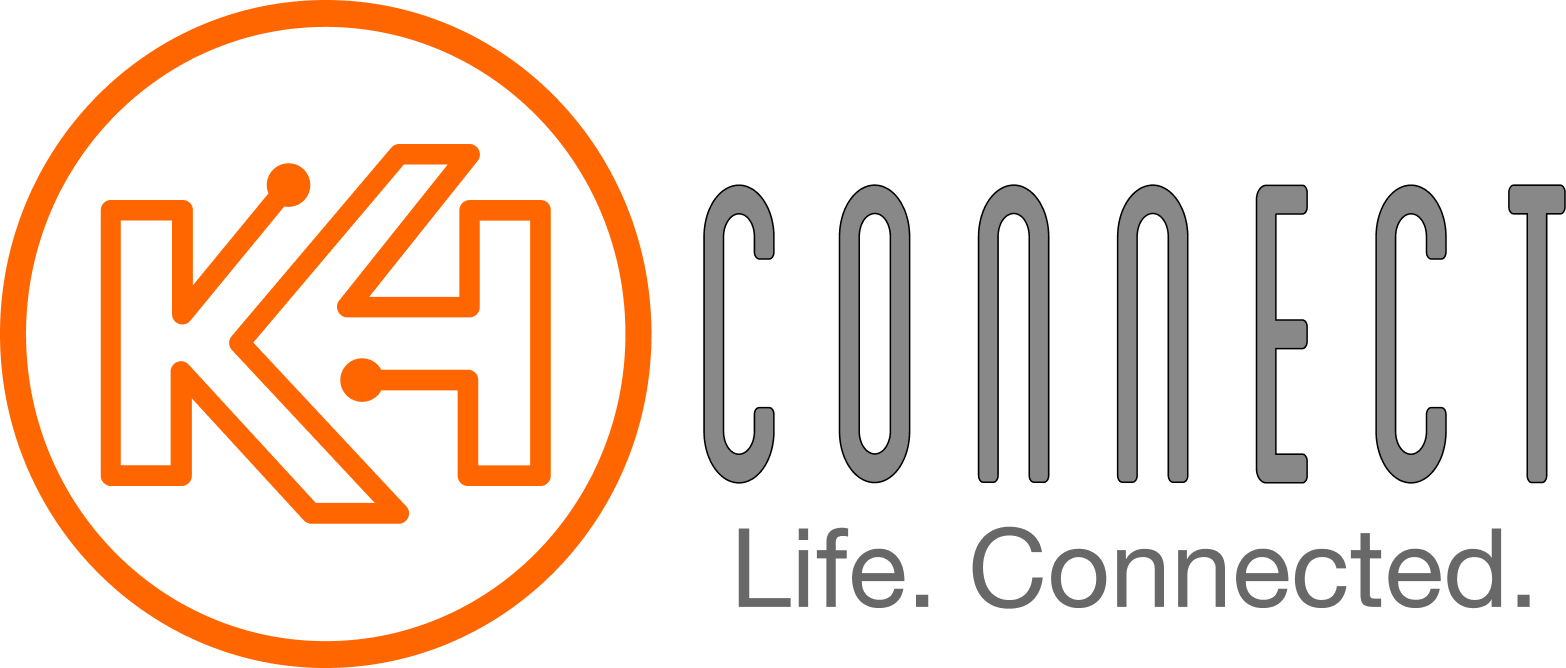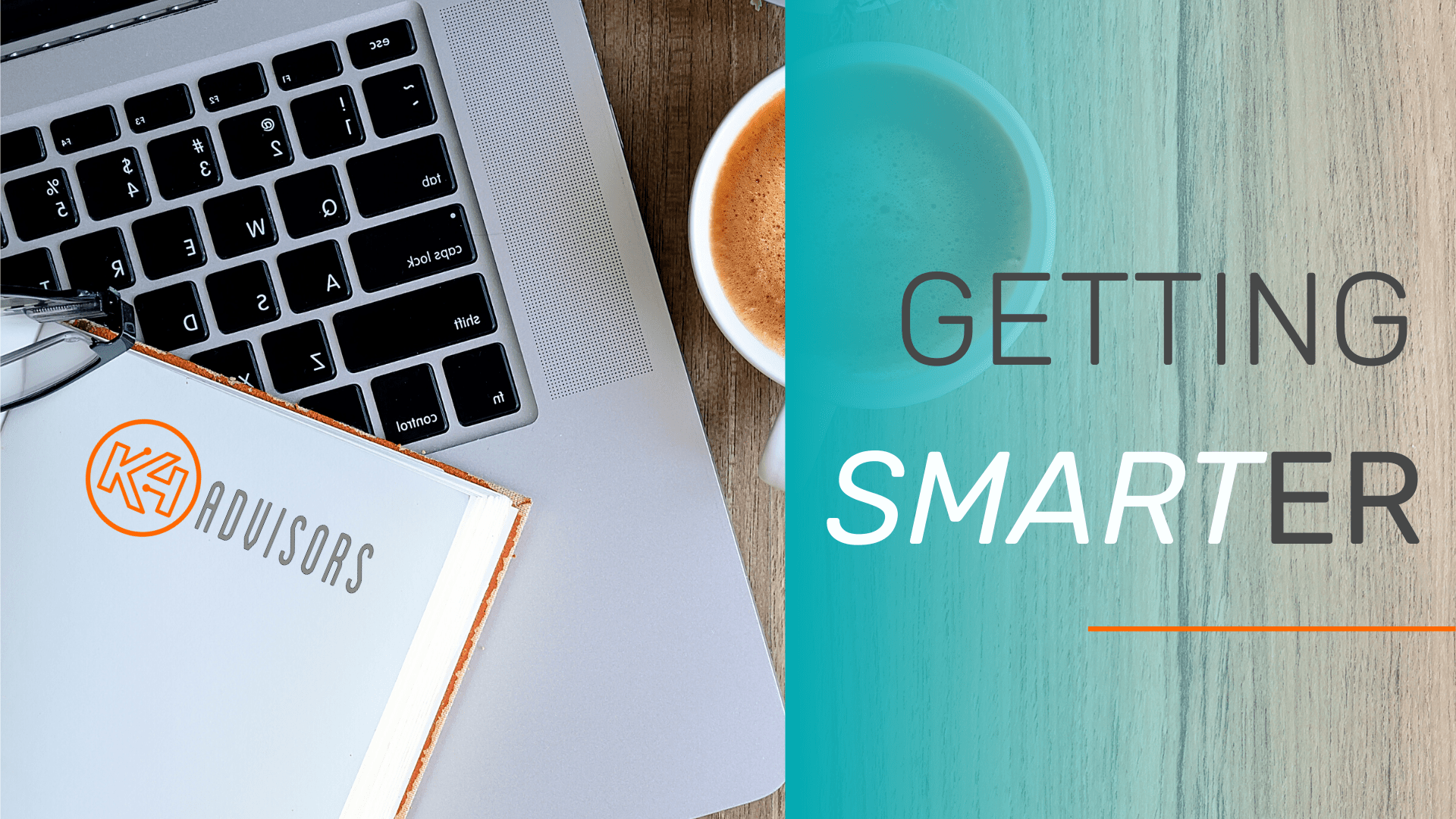“If you are one of our many customers using smart home technology (Home Hub, motion light sensors) as the backbone of your Resident Check-in process, here are three keys to ensuring it works efficiently and accurately, achieving our target of <1% daily alert rate.”
By: Cindy Phillips | Managing Partner, K4Advisors
June 8, 2020
During or prior to COVID-19, your community may have used dining delivery as your basis for resident welfare checks. However, as communities re-open, that might be challenging to capture both those who eat-in vs. come to the restaurants or cafes. There is a better way!
If you are one of our many customers using smart home technology (Home Hub, motion light sensors) as the backbone of your Resident Check-in process, here are three keys to ensuring it works efficiently and accurately, achieving our target of <1% daily alert rate.
- Keep your daily Device Alert Report clear – Our most efficient communities monitor this report each day, often assigning one maintenance or IT technician to quickly resolve any device alerts. With unit turnover, an occasional Wifi or power outage, some devices may lose connection, so to gain the most value from your check-in process, it is critical to ensure these devices continue functioning properly. If you are a Worxhub user, we can help you electronically convert your alerts directly into a work request to further automate the process.
- Keep your resident data updated – Along with your devices, the accuracy of your resident check-in process is only as good as the accuracy of your resident data. As you have move-ins/move-outs, residents on vacation, temporarily in skilled nursing or the hospital, updating resident records daily and marking their “away” time with expiration dates. Centralizing this effort with the person who already makes census or unit changes is ideal, and we recommend they routinely monitor the residents set as “away” through the resident check-in filtering feature.
- Pick your Resident Check-in Alert resolution options carefully – At initial set-up, we let you customize your resolution option choices for clearing an alert. These options provide helpful data for continuous improvement. If you want to reach the <1% target alert rate, this is one tool that can help. Make sure your choices include at least a variation of a) Called resident-OK, b) Visited resident-OK, c) Visited resident-Not Home, d) Referred to Maintenance, and e) Other. Make sure to use the Note field for unique situations and especially when selecting “Other.” The goal is to provide useful data for later trend reports, and if “Other” is a frequent selection, consider adding another resolution option to better measure your process.
Bonus Tip #1: Did you know you can add a second window of time for daily motion checks? Especially during COVID, you can add this for all or a subset of resident units. Just reach your K4Support team at 855-876-9673 or support@k4connect.com to show you how.
Bonus Tip #2: Make use of the ability to clear alerts via mobile access. Especially when you might update an alert (SAVE) with an unsuccessful call, and staff makes a visit to check on resident, they can clear it right at the resident’s door (RESOLVED)!
One final note, if you do not currently have our Resident Check-in feature, we have developed a no visit – plug-n-play – smart home package that can be deployed this summer to prepare your community for any future COVID-19 isolation periods.
As always, we are here to make your job easier. If you have best practices to share or need K4Advisors for consulting help, email Cindy.Phillips@K4advisors.com. Check out the www.K4advisors.com site for previously published best practices. Keep getting smarter!

